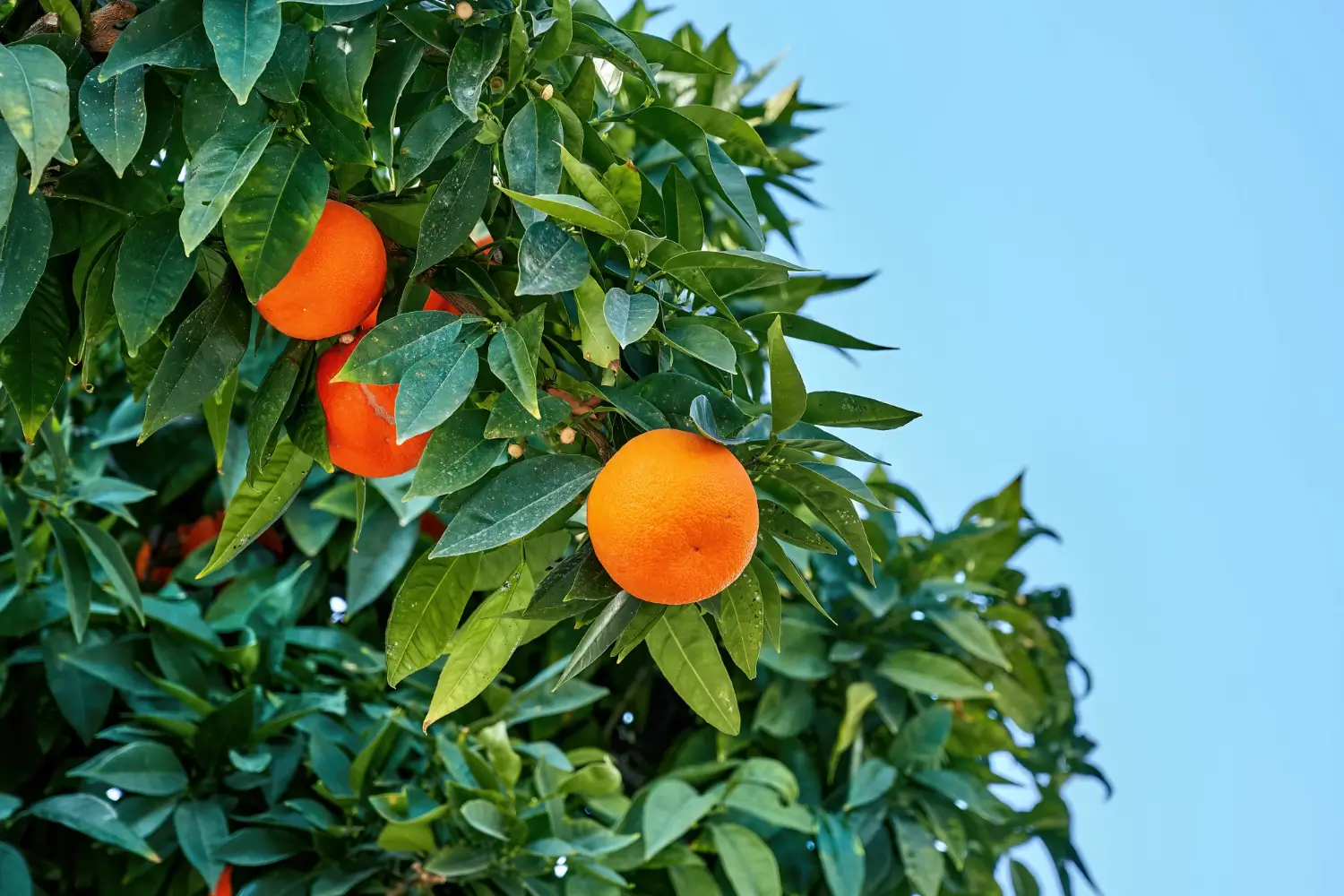
Soil Health & Fertilization
We unite suppliers and green industry professionals worldwide
Not many houseplants really live up to their name quite like the Variegated String of Hearts. Each heart-shaped leaf hangs from trailing vines, splashed with creamy white, soft green and blushing pink hues.
By Victor Miller
|Published on June 18, 2025
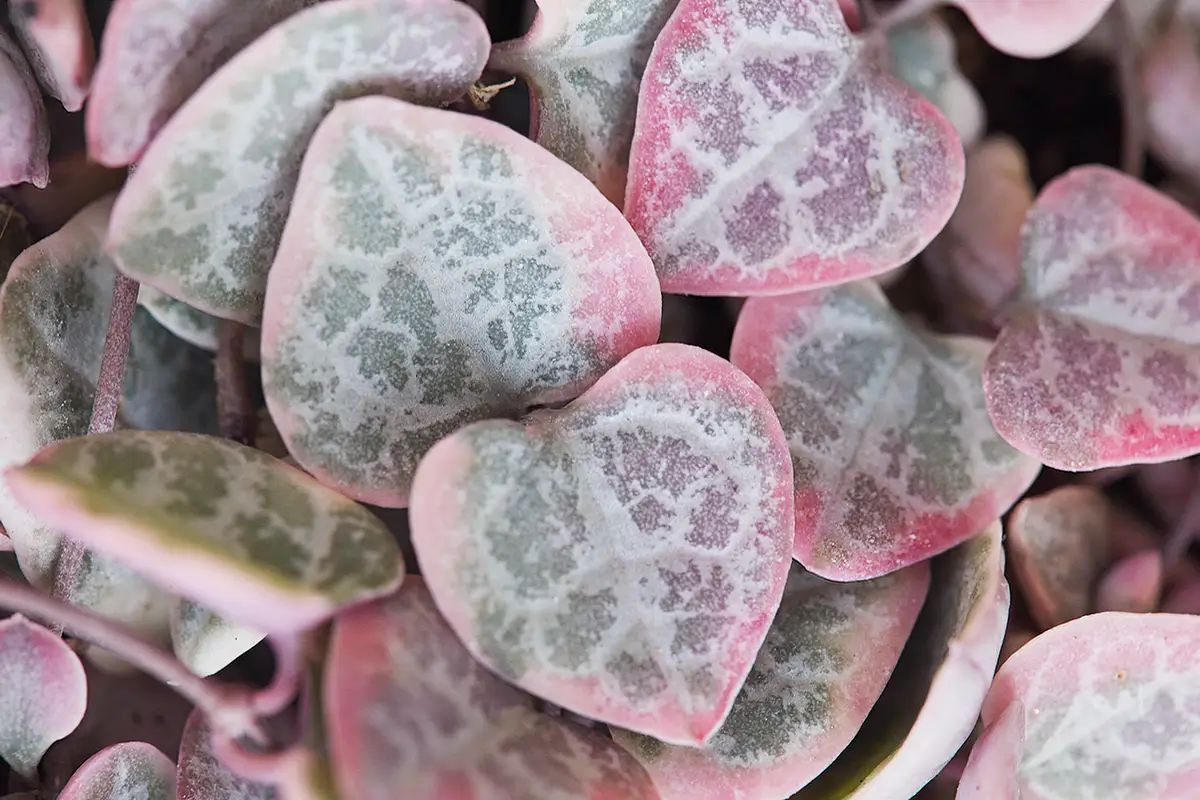

Did you know plants can tell love stories?
Not many houseplants really live up to their name quite like the Variegated String of Hearts (Ceropegia woodii variegata). Each heart-shaped leaf hangs from trailing vines, splashed with creamy white, soft green and blushing pink hues. Its romantic name comes not just from the leaf shape, but the way its vines cascade like strands of a love note—whimsical, tangled, and utterly charming.
Originally from South Africa, Eswatini, Zimbabwe, this semi-succulent beauty is more than just a pretty face. It’s a tough perennial that grows quickly and is, surprisingly, easy to maintain, which has made it a favorite among new and experienced plant lovers.
| Botanical Name | Ceropegia woodii variegata |
| Common Name | Variegated String of Hearts, Rosary Vine |
| Type | Semi-succulent perennial |
| Height | Trails up to 3–6 feet |
| Sunlight requirements | Bright, indirect light |
| Soil needs | Well-draining cactus or succulent mix |
| Water Needs | Low to moderate |
| Hardiness Zones | 10–12 |
| Growth Habit | Trailing vine |

September 25, 2025
9 minute read
September 24, 2025
9 minute read
September 23, 2025
10 minute read
September 22, 2025
9 minute read


Join as a seller and connect with thousands of B2B buyers nationwide!
Sign Up

Rattlesnake Plant
The Rattlesnake Plant is a tropical show-stopper that brings the rich, colorful patterns of the jungle into your home. Whether paired with other tropicals or simply left to shine alone, this charismatic foliage plant adds a touch of wild elegance to any i
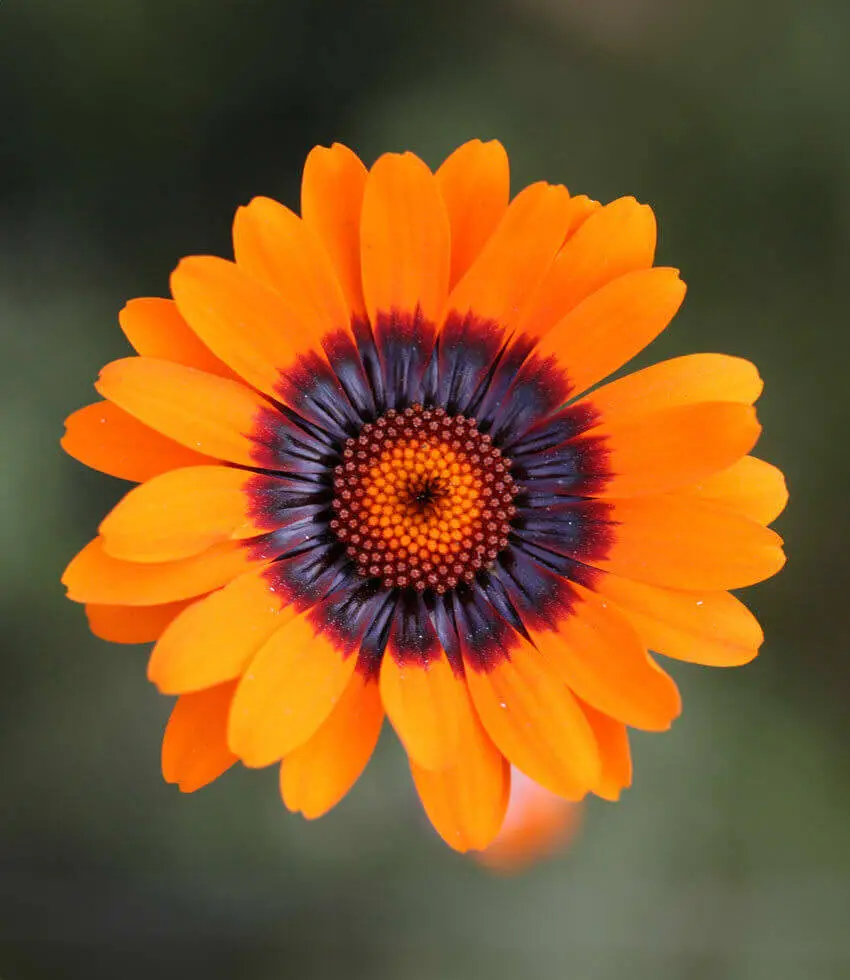
Ursinia
Ursinia is a delightful genus of daisy-like flowers that are native to southern Africa. It offers a simple way of bringing brilliant seasonal color to native and cottage-style gardens.
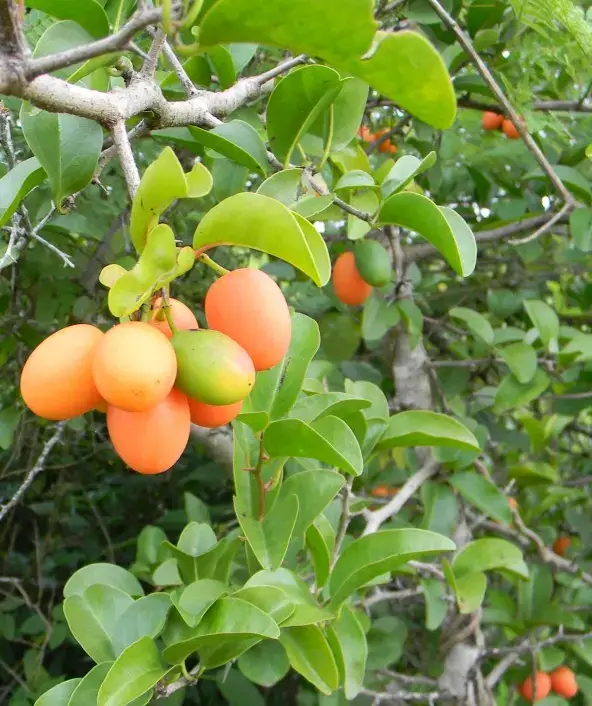
Ximenia
Ximenia is a shrubby, spiny survivor with delicate blooms and tart, aromatic fruit. Also called “wild plum” or “sea lemon,” this deciduous shrub is valued for its edible fruit, ecological value and unexpectedly drought hardiness.

Xerophyllum
Xerophyllum is often known as bear grass. With grassy foliage and tall, candlelike plumes of creamy white flowers, it turns wild meadows into natural wonderlands. Xerophyllum is slow to establish and slower to bloom — but once it does, it gives the garden
Variegated String of Hearts is quite easy to care for, especially when you put it in a location where it receives bright, indirect sunlight and it’s allowed to dry out between waterings. Because it's a semi-succulent, overwatering is more dangerous than underwatering. Use a hanging pot or a high shelf so its trailing vines can cascade freely.
The plant loves warmth and humidity, but it will also tolerate drier indoor air if it’s not located too close to heat sources or drafts.
You can feed it lightly once a month during spring and summer with a diluted balanced liquid fertilizer. When the plants naturally slow their growth in fall and winter, avoid fertilization. If the vines become overly long or sparse, you can easily propagate and refresh it for a fuller look.
This plant does best in moderate to bright indirect light. A spot by an east or west-facing window is ideal. Too little light will cause the variegation to fade and leaf spacing to become leggy. Also, direct sun, particularly with midday sun, can scorch the delicate leaves.
If the plant is under grow lights, provide 12 and 14 hours per day, and it will be lush and happy.
To avoid root rot, use a well-draining mix. Plant into a cactus or succulent soil mix or make your own by combining potting soil with perlite and coarse sand. It should be light and airy and never hold moisture for extended periods of time. A slightly acidic to neutral pH (around 6.0–7.0) is ideal.
Water when the top 2–3 inches of soil is completely dry. The tuberous, fleshy roots hold water, so it’s best to err on the dry side. During spring and summer, watering may be needed every 7–10 days. Reduce watering in fall and winter. Always use a pot that has good drainage holes, and never let it stand in water.
Pruning Variegated String of Hearts will help shape the plant, help it grow fuller, and give you new vines to propagate with. Here’s how to handle it:
Bonus: Regular trimming= bushier plant with more cascading vines.
One of the easiest houseplants to propagate, String of Hearts offers multiple methods:
Water method:
Soil method:
Tuber propagation:
You can grow Variegated String of Hearts in pots as well. To do it:
Variegated String of Hearts is not frost hardy and should be kept indoors year round in cooler climates. In winter, water lightly, avoid fertilizer and keep in a bright, warm spot. It can go semi-dormant, growing more slowly or dropping some leaves, which is normal and nothing to worry about.
Although grown primarily for its foliage, the plant can occasionally produce small, tubular, purplish-pink flowers that look like tiny lanterns. These blooms are quirky and fascinating, although not especially fragrant. A good light and care will increase the chances of flowering.
Despite its easygoing nature, a few problems may pop up if conditions aren't good. Most are easy to fix:
With its romantic vines, heart-shaped leaves, and painterly splashes of pink and white, Variegated String of Hearts is not just another pretty plant — it’s a living story.Easy to care for and even easier to love, this charming trailing plant is perfect for windowsills, hanging baskets, or trailing across bookshelves. Provide it with some light, keep it dry between waterings, and you can have a cascade of hearts for years to come.
It is considered to be generally non-toxic, although it can cause mild stomach upset if ingested.
With proper care, vines can grow six feet or more indoors.
It’s likely getting too little light - move it closer to a bright window to revive the variegation.

Soil Health & Fertilization
Victor Miller
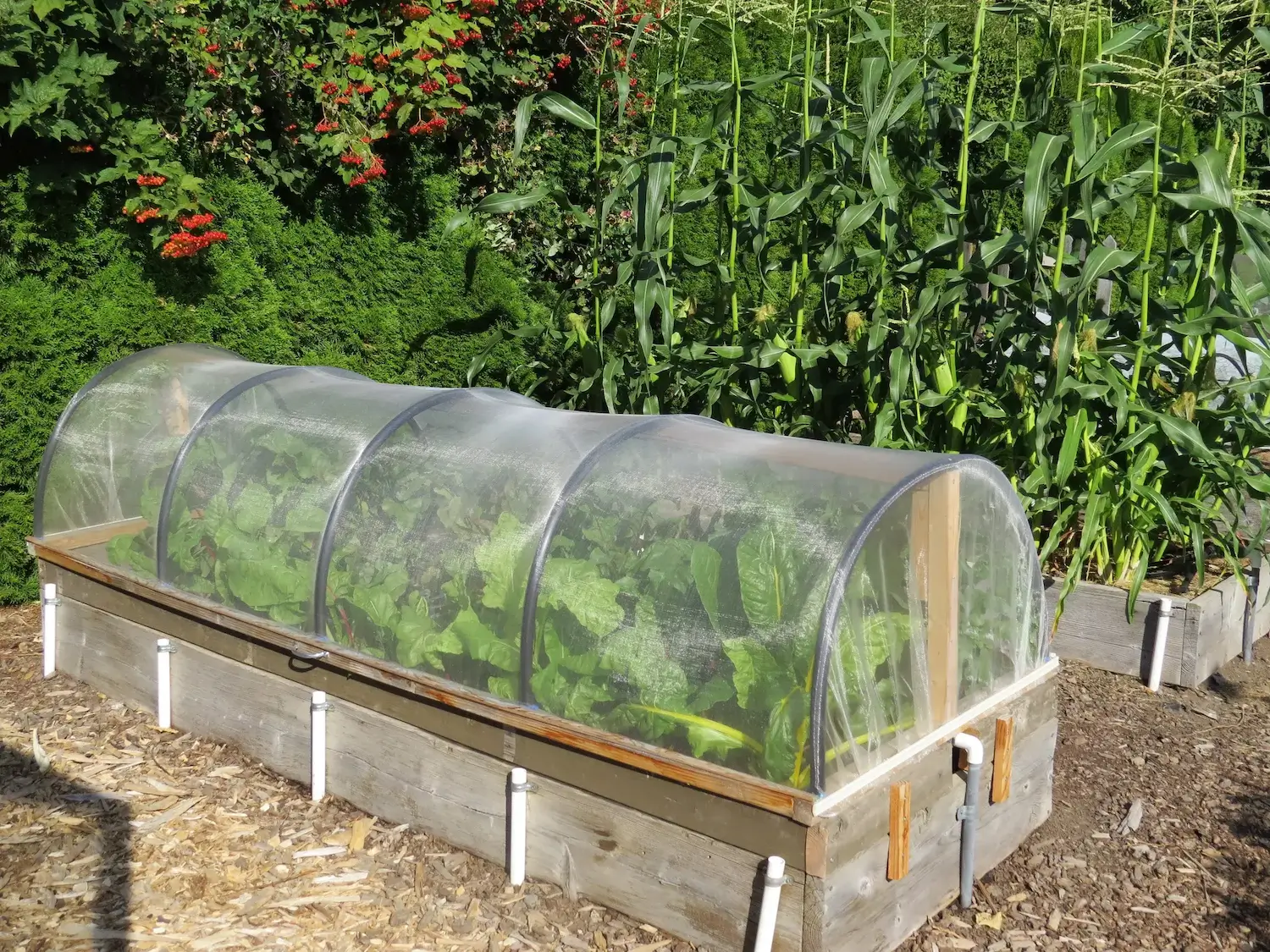
Pest Identification & Prevention
Victor Miller
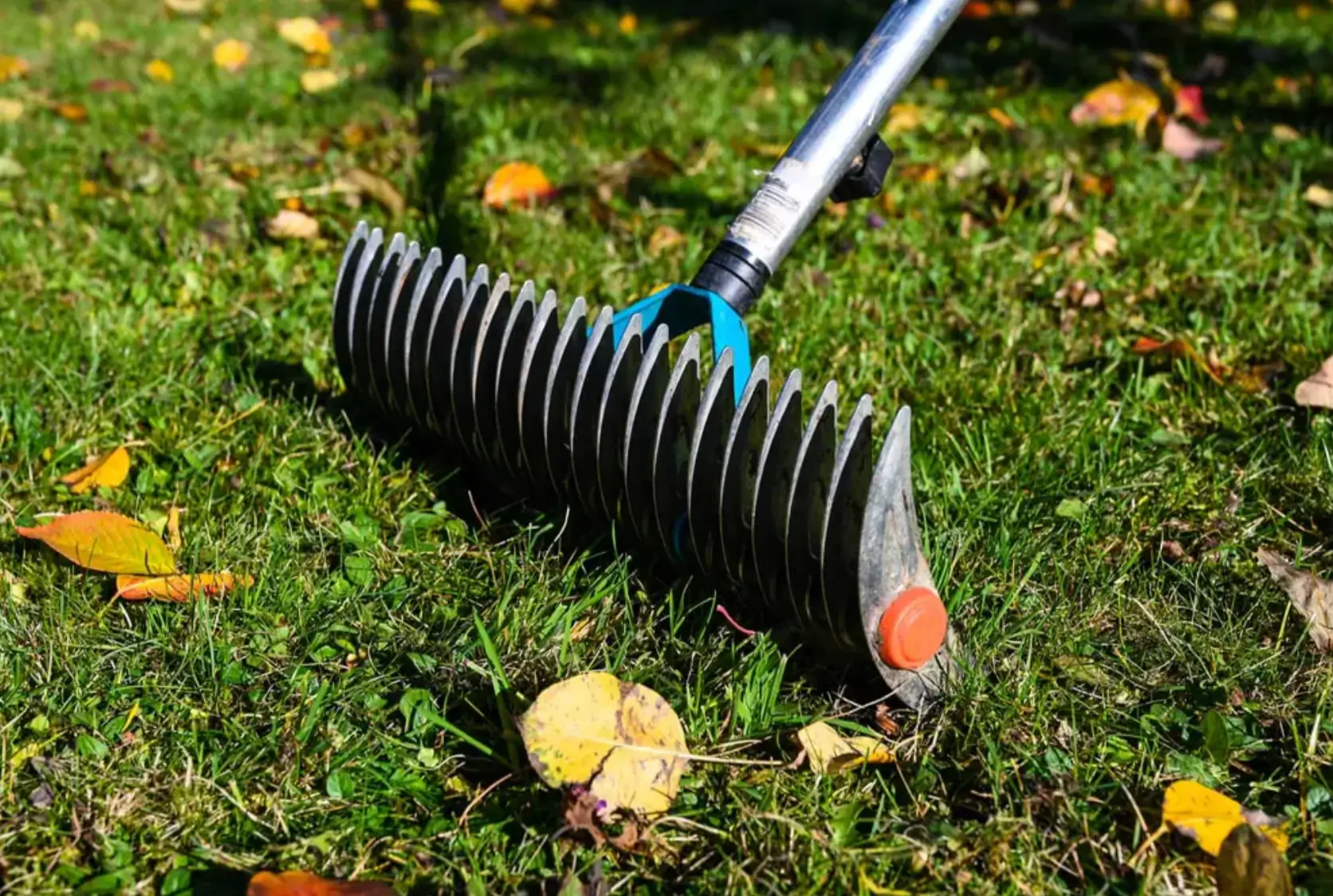
Lawn Care Tips & Maintenance
Victor Miller
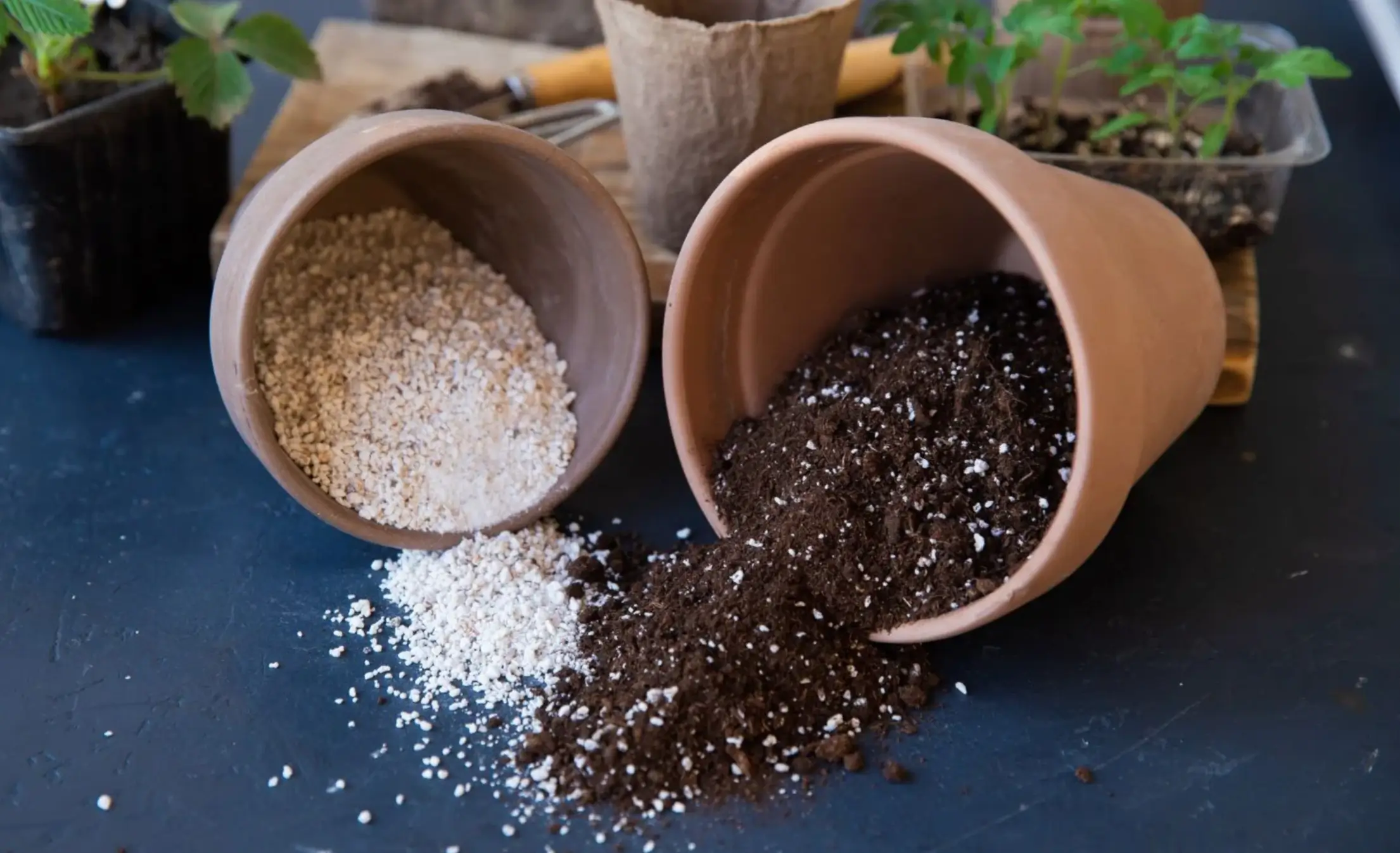
Soil Health & Fertilization
Victor Miller

Smart Irrigation Systems
Victor Miller

Patios, Walkways & Driveways
Victor Miller
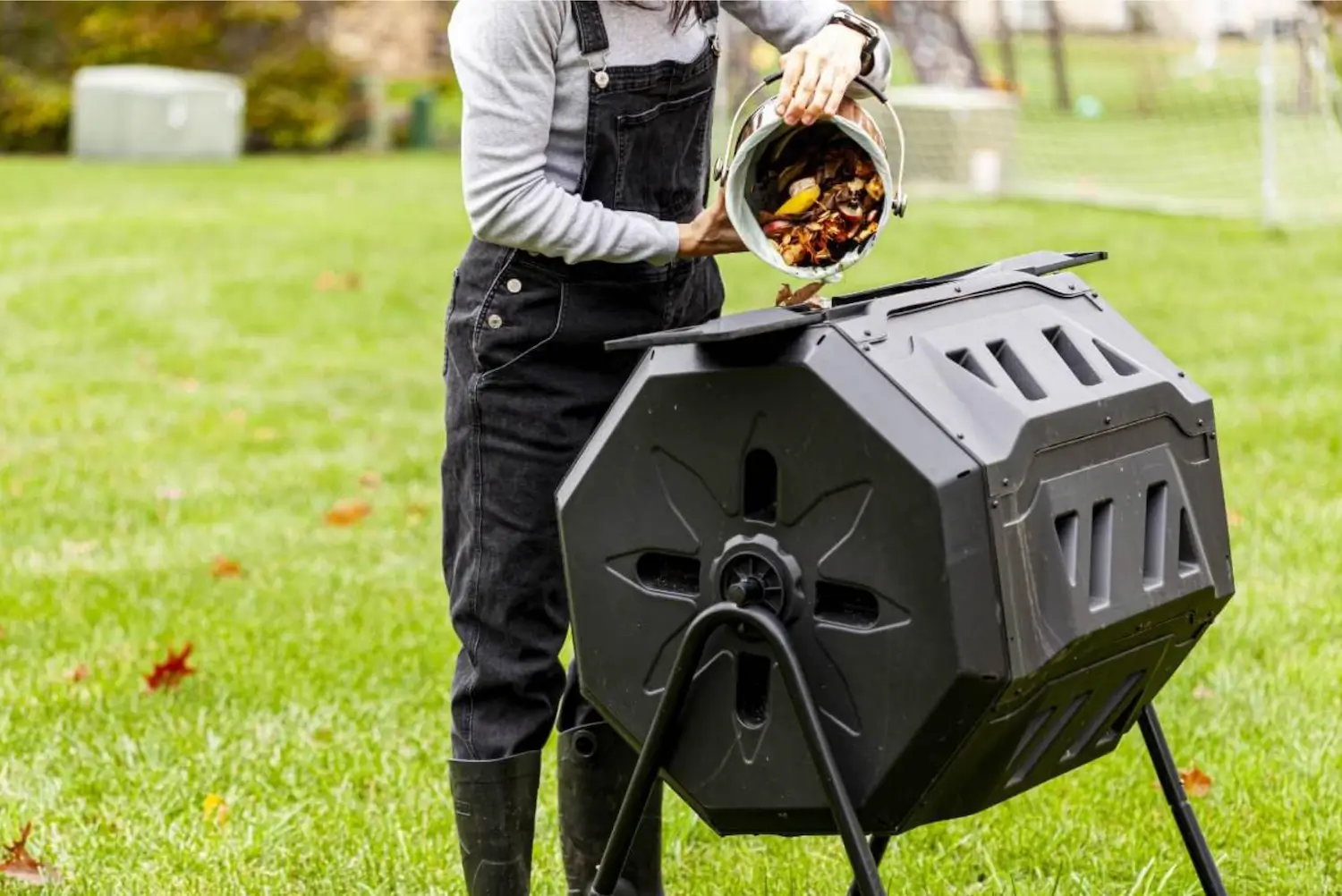
Soil Health & Fertilization
Victor Miller
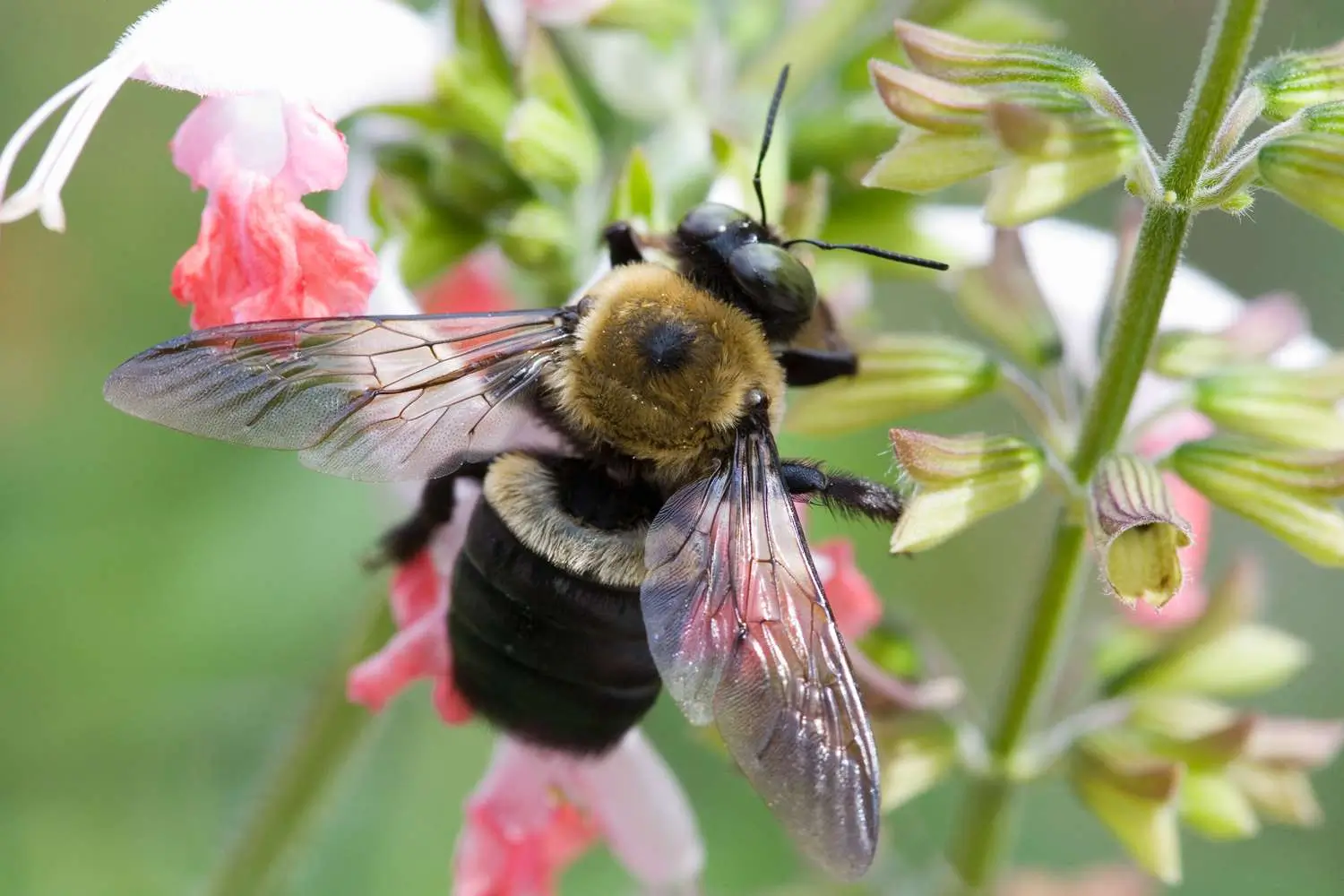
Pest Identification & Prevention
Victor Miller
My Account
Our team is always here to help.
We are open Monday - Friday, 9:00 AM to 4:30 PM PST.